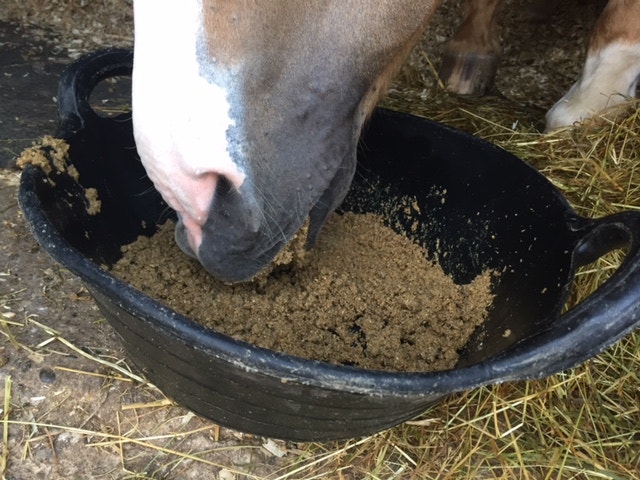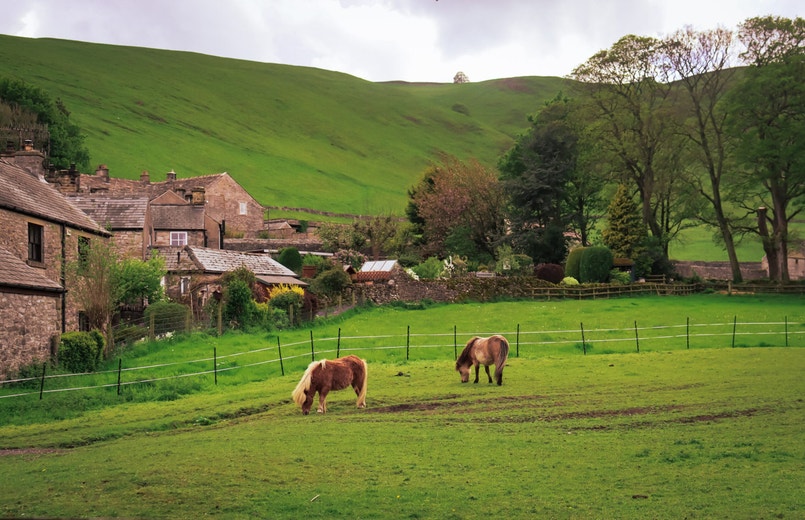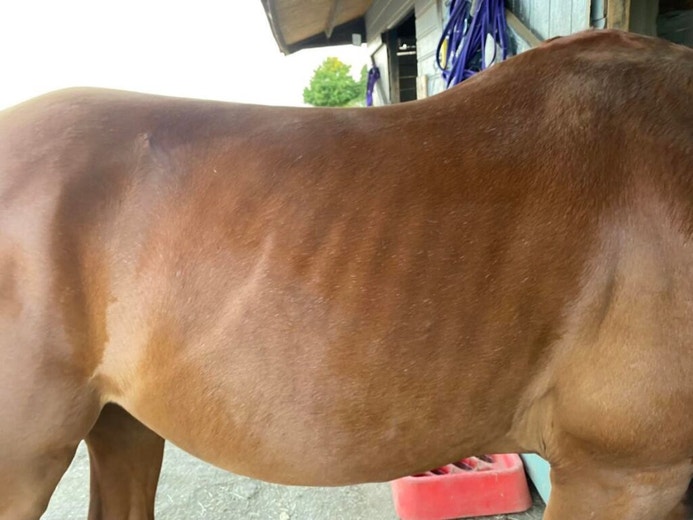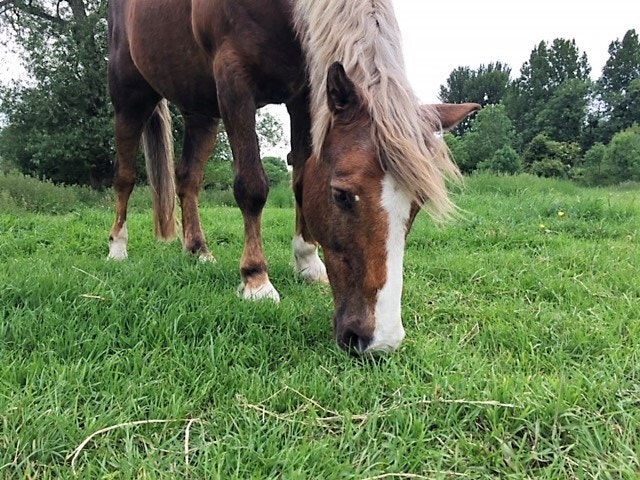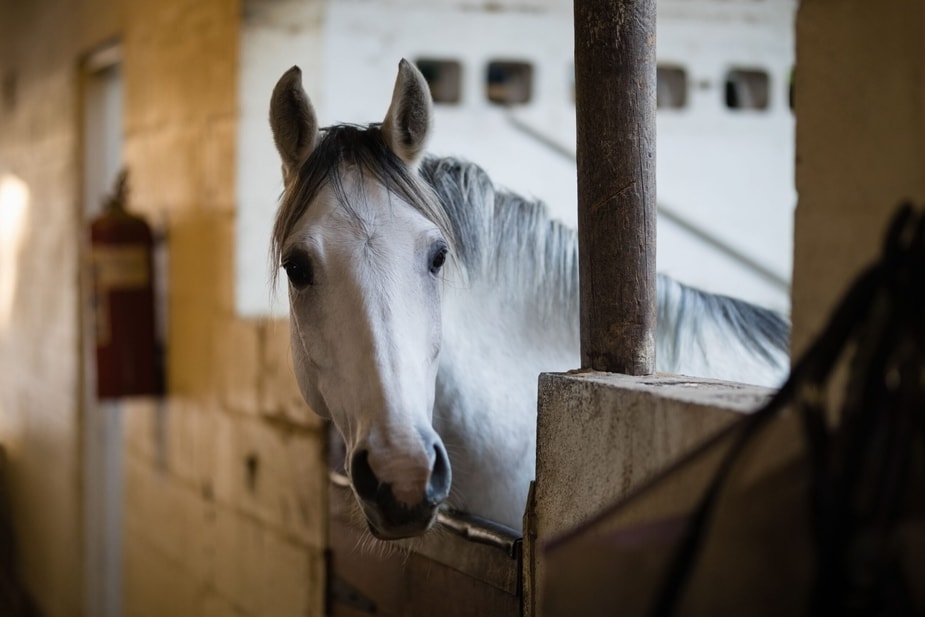
What to do when laminitis strikes
Being able to spot the signs of laminitis early maximises your horse’s chance of recovery. It pays to be vigilant, especially as subtle signs such as slight reluctance to turn or shortening of stride can be easily missed. While laminitis can strike in any season, a ‘flush’ of rapid grass growth makes spring a high-risk period, and so can turnout on a sunny frosty morning. Brush up your knowledge of the signs and what to do if you suspect your horse/ pony may have laminitis in this blog.

Can you spot the signs?
Signs of laminitis include:
-Weight shifting
-Changes in gait including a shorter stride or ‘pottery’ movement
-Reluctance to turn or cross the hindlimbs
-Reluctance to walk on hard, stoney or uneven ground
-Lameness
-Abnormal stance
-A strong/ pounding digital pulse
-Hot feet
-Signs of pain such as sweating and increased pulse, temperature and respiration rates (which may be mistaken for signs of colic)
-Refusal to move or stand in severe cases
Abnormal stance
We’ve all seen pictures of the classic laminitic stance but it’s important to remember that how the horse or pony stands will depend on the severity of laminitis and which feet are affected. In fact, if all four feet are affected the horse or pony may stand normally.
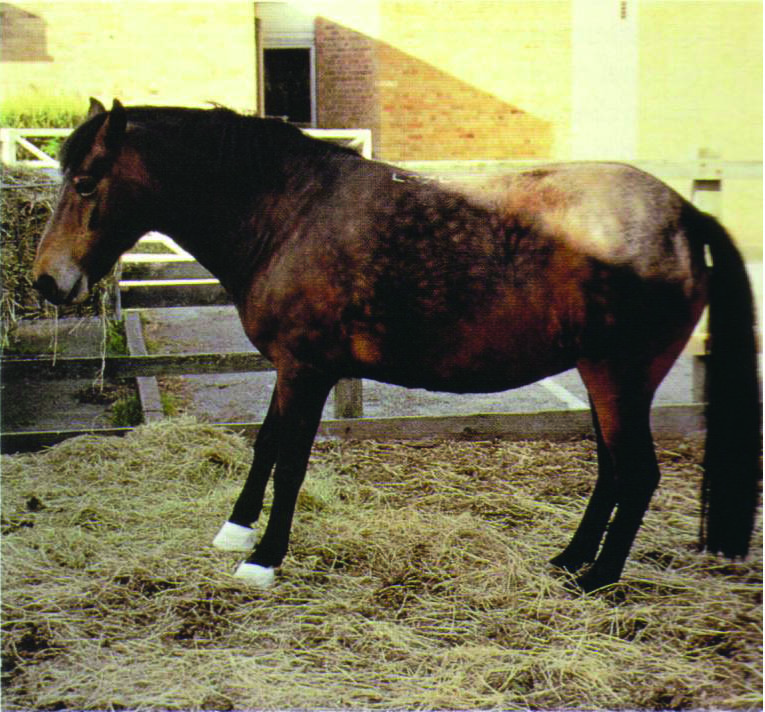
Feeling for a digital pulse
In a healthy horse’s foot, the digital pulse may be faint or impossible to feel but it still pays to practice while your horse is sound and healthy. The digital arteries that run down the side of the leg and into the hoof ‘pulse’ with every heartbeat; the expression ‘pounding’ describes the strength of the pulse as opposed to the speed - it will feel like it’s ‘throbbing’.
The digital pulse can be felt on the inside and outside of the leg from just above the fetlock (towards the back of the leg), over the fetlock and in the mid-upper pastern area. Remember to use your index and middle fingers and not your thumb, otherwise you may feel your own pulse. Apply gentle pressure – press too firmly and you may block the pulse. inside and outside of the leg from just above the fetlock (towards the back of the leg), over the fetlock and in the mid-upper pastern area. Remember to use your index and middle fingers and not your thumb, otherwise you may feel your own pulse. Apply gentle pressure – press too firmly and you may block the pulse.
Hot feet caution
Hot feet are not always the most reliable indicator of laminitis. Hoof temperature fluctuates and if your horse has been stood outside in the height of summer, hot feet are not necessarily cause for concern. However, hot feet for prolonged periods or on a cold day and/ or heat in one or two feet only should raise suspicion.
Emergency action for laminitis
If you suspect your horse or pony has laminitis, stable them on a deep bed that goes all the way to the door and call the vet immediately, even in seemingly mild cases. Box rest is essential for preventing further damage to the laminae and the vet will often prescribe pain relief. Initial diagnosis is often made based on clinical signs but in some cases X-rays, blood tests or other clinical tests may be needed to provide more information about the severity or potential cause of laminitis.
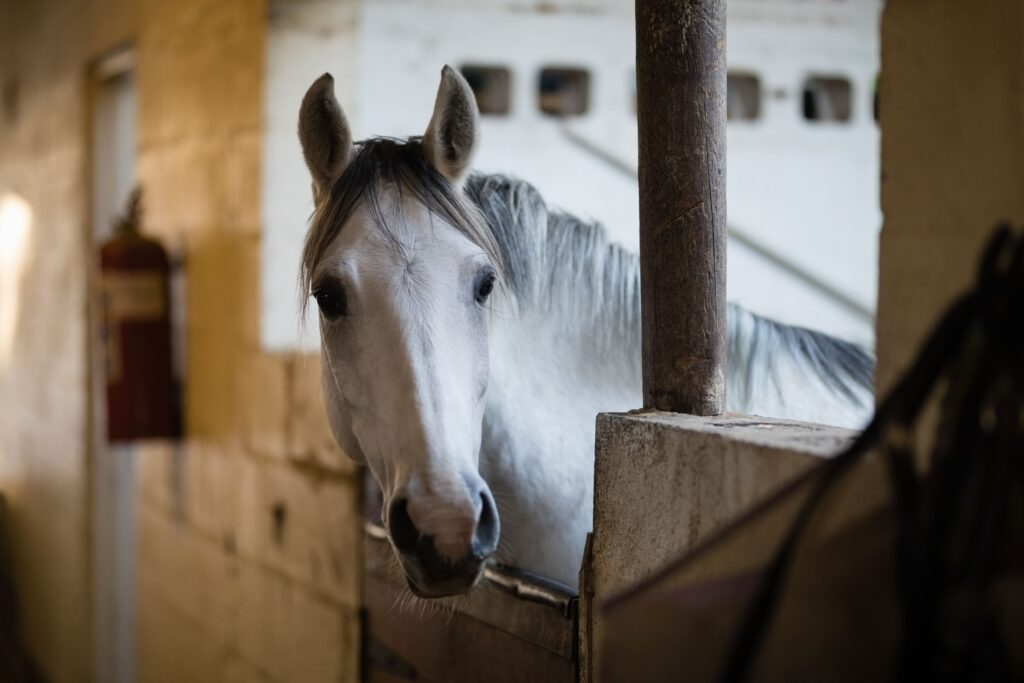
Feeding horses and ponies suffering from laminitis
Providing a diet high in fibre and low in non-structural carbohydrate (NSC) or ‘starch and sugar’ is essential for those suffering from laminitis. However, it’s important not to forget about providing a balanced diet including appropriate levels of vitamins, minerals and quality protein (amino acids) too. For many horses and ponies, a balancer and a suitable hay or hay replacer is the ideal option while on box rest, but it’s wise to seek specific advice from a nutritionist, especially if your horse/pony is or may be severely insulin dysregulated.
Supplements
Although providing a balanced diet is first priority, adding a hoof supplement may make a huge difference for those who have had structural changes of the hoof as often seen in laminitis cases. SPILLERS Hoof Health contains a range of ingredients to support strong, quality hoof growth which make hooves more resilient long term. Super high in biotin, with key nutrients involved in hoof strength and formation such as zinc, copper and amino acids, as well as natural ingredients high in antioxidants it may help get your horses feet back to a stronger healthier status.
Forage
Forage for laminitics should contain less than 10-12% NSC (WSC + starch). However, as UK forage consistently contains very little starch (around 2% or less), testing for WSC rather than NSC is often sufficient. Soaking hay helps to reduce the WSC or ‘sugar’ content, but results are highly variable which means soaking alone can’t guarantee suitability. Ideally have your forage analysed(open in new tab) and use soaking as a back-up.
For more advice on feeding your laminitic contact the SPILLERS Care-Line.
Updated 14.10.2025

